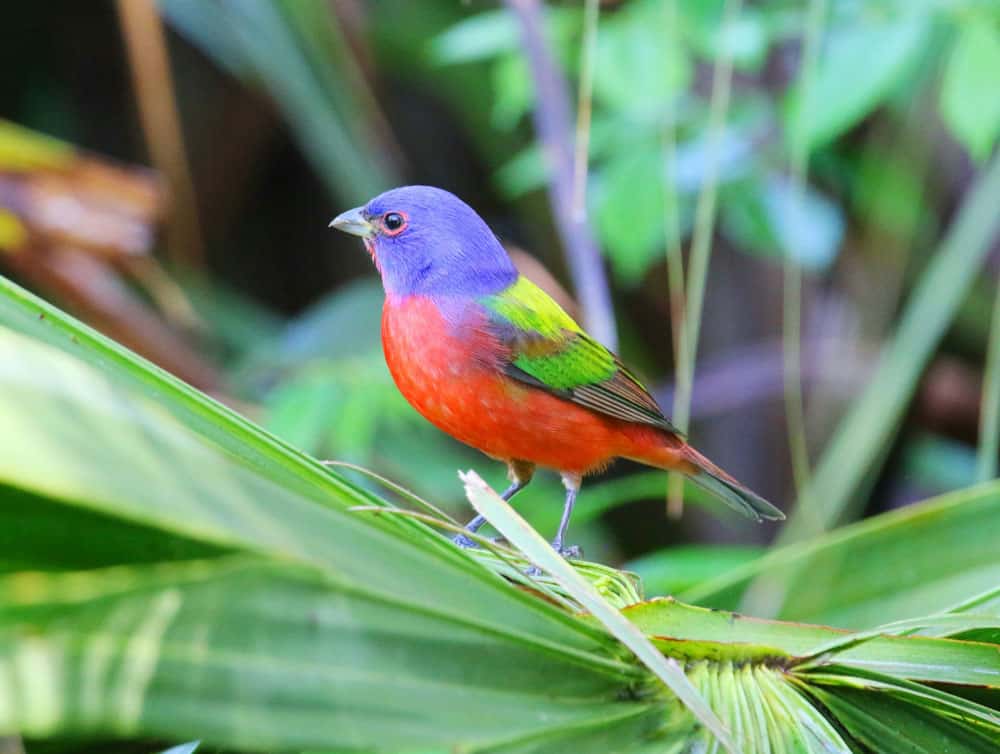It’s probably easier than you think to uncover basic knowledge about plant species that are locally appropriate for your garden or landscape. If your local plant store doesn’t have someone who is passionate about native plants (we’d be surprised), you can start your journey with the native plant society in your state. The US Forest Service maintains a list specifically for this purpose. Or you can use a tool like the National Wildlife Federation’s Native Plants Finder. While mostly useful for the Midwest and eastern portions of the US, it allows you to search for plants that are both regionally appropriate and have high value to pollinators and beneficial insects.
(And soon Plant Wild will begin publishing lists of plants that are pollinator-friendly and water-wise for your area!)

Another key ingredient to successfully introducing native plants is variety, both in plant type and structure. If your goal is to invite more biodiversity and provide the ingredients necessary to a healthy food web and landscape generally, the more diversity you have in the types of plants you introduce, and the more variation in plant structure, the better. As my friend Jim Tolstrup, executive director of High Plains Environmental Center, recently pointed out at an in-person event, probably the simplest thing you can do to invite wildlife to your back yard is to include taller perennial shrubs or small trees on the periphery. Taking this one step further, if you plan on introducing only 4-6 new plant species, make sure one of them will be at least a few feet tall, some will be medium height, and some will be either low-growing grasses or groundcover. And make sure, especially if you have limited space, that no one plant will be too aggressive and start crowding out the others.
Rule Three: Understand that a healthy garden is not meant to be a static, predictable exhibition of your good taste and design skills. It changes. Some plants fail. In fact I heard Uli Lorimer of Native Plant Trust mention on a recent podcast that he had probably killed more plants than anyone he knew, and he is one of the most knowledgeable native plant gardeners in the country. We learn by doing, by failing, and increasing our understanding, and by adjusting our visions to fit the realities of our landscapes. You are welcome to try to grow a New Jersey or British native garden in Texas, but you’ll find more success and greater benefits in growing a garden that looks more like Texas. In being more regional in our choices, we can create more opportunities to understand and engage with the landscape and its wildlife.
